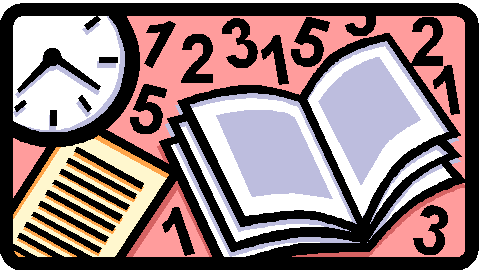FINALIZED--
 GUIDELINES ABOUT UPCOMING in-class
TEST
#2
(5/6th
ed.)
GUIDELINES ABOUT UPCOMING in-class
TEST
#2
(5/6th
ed.)
FINALIZED--
 GUIDELINES ABOUT UPCOMING in-class
TEST
#2
(5/6th
ed.)
GUIDELINES ABOUT UPCOMING in-class
TEST
#2
(5/6th
ed.)
PAGE UPDATED 4/17/15
--Date: WEDS - 4/22/15
-2 Required Advance Questions: [to be completed at home & handed in along with your in-class test papers] [each will be worth 5-7pts[tbd] to be added to your test score] . Your answer should be 1-2 paragraphs long & should integrate specific material from the relevant chapter &/or notes. Explicit application of at least two(2) course concepts is expected. Several items could apply, including Decision Making-VS-Problem Solving, Directive-VS-non-Directive leadership style, Groupthink, Argumentation-&-Critical Thinking, Conflict Resolution Styles, etc., etc.
|
required ADVANCE QUESTION #1 : |
|
Based on what we have learned about the processes of DECISION MAKING & PROBLEM SOLVING, give at least 2 insightful, analytical reactions to this statement which was recently made to the chair of an academic policy standing committee: "Say, what's the matter with your committee lately? All of your decisions have been unanimous all year. You people just approve anything, don't you? " Reminder, this utterance was made by some one who is OUTSIDE of the committee. That means this speaker has not seen the committee in action but is expressing an assumption & personal perception. You are not being asked to agree or disagree with the speaker, but rather your answer should address: <1> what perceptions or factors about the ways groups actually deliberate might have created such a pattern in this committee's performance <2> and why an outsider might make such a comment.
|
|
required ADVANCE QUESTION #2 : |
|
a - Recently I have encountered several news features about the continual theft of Smart Phones (see sample article from when this first started occurring = " iphone thefts...coined new term..." ). This contemporary situation provides a vivid example of Problem Solving in the everyday world. [if link to that article doesn't work, just search for any other recent news feature on this topic & include that source citation in your answer]. b -You should recognize this model:
c - Referring to the details about the situation described in the news story, cite one item for each part of the model . This means you are listing 3 items total/one per each shape in the model. For each item that you list, you should also briefly explain WHY that item applies to what that shape/spot in the model represents.
|
--Chapters/Areas: Although you are responsible for all of the material covered so far this semester, the current test's emphasis will be on the information in the chapters, activities, slide shows & related notes pertaining to the second half of the semester - i.e. ....
|
ALSO
be prepared to re-answer areas from previous tests/online quizzes that are still relevant: e.g. Criteria / Systems & Input variables /
--Format will be:
>Some
Sample Questions from the past - some of these may or may not turn up on the current test. Included as examples only1. Which types ( i.e. sources) of conflict are evident in this group's interaction?
2. Is the group in the videotape engaging in Decision Making or Problem Solving? Clearly explain the difference between the two as you support your choice.
3. All of the members of the group agree on the goal of the decision, but they don't agree on which criteria to use for selecting the best decision. Exactly what do I mean by that statement?
4. Name & describe one nonverbal "cue" that you think is significantly affecting the group's interaction. Specify the name of the nonverbal channel & concretely explain why you think it is significant.
5. Is anybody in the group sending contradictory nonverbal messages? What do I mean by that? If so, who is displaying those contradictory functions & what do you think is that person(s) 's REAL message?
6. Of the following terms: Gaze, Kinesics, Lifecycle , Collaboration Conflict Management style, Avoidance Conflict Management style, Self Reflection , Reciprocity, Perspective taking, Refocusing Questions, Mediation. Negotiation, which 2 are observable in this group? Specifically cite the person's name & describe what they did that exemplifies the term.
7. Now that you have taken this course, what is one SPECIFIC thing you have learned about any ONE of the 3 highlighted factors highlighted mentioned in the course title: GROUP DISCUSSION
: Learning, Leading and Working in Teams
ALSO BE SURE TO REVIEW ANY ANNOTATIONS THAT MAY HAVE BEEN WRITTEN IN YOUR GRADED TEST #1
page last updated 4/17/15
|
|